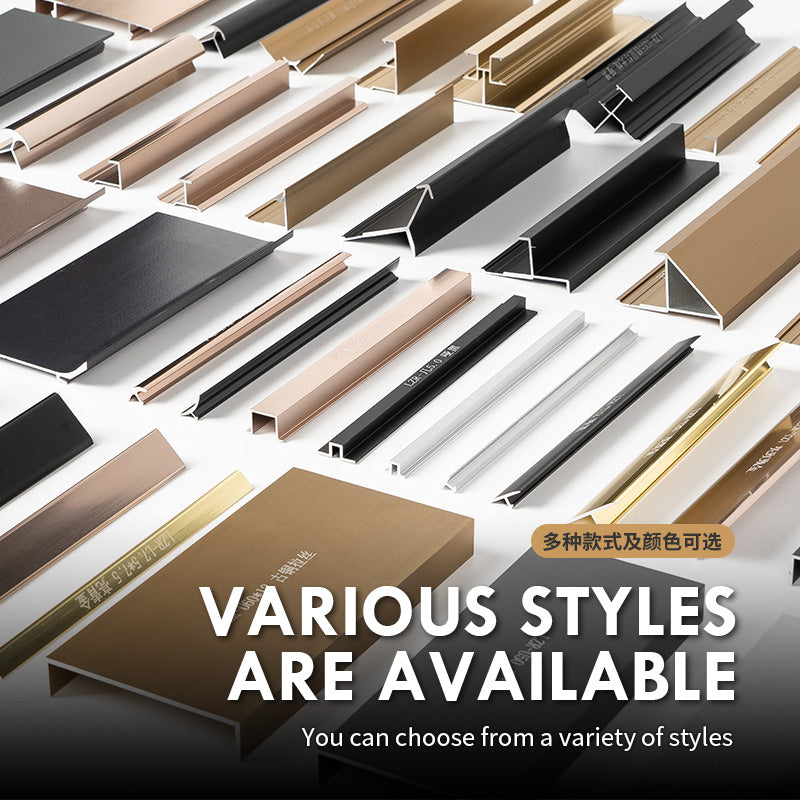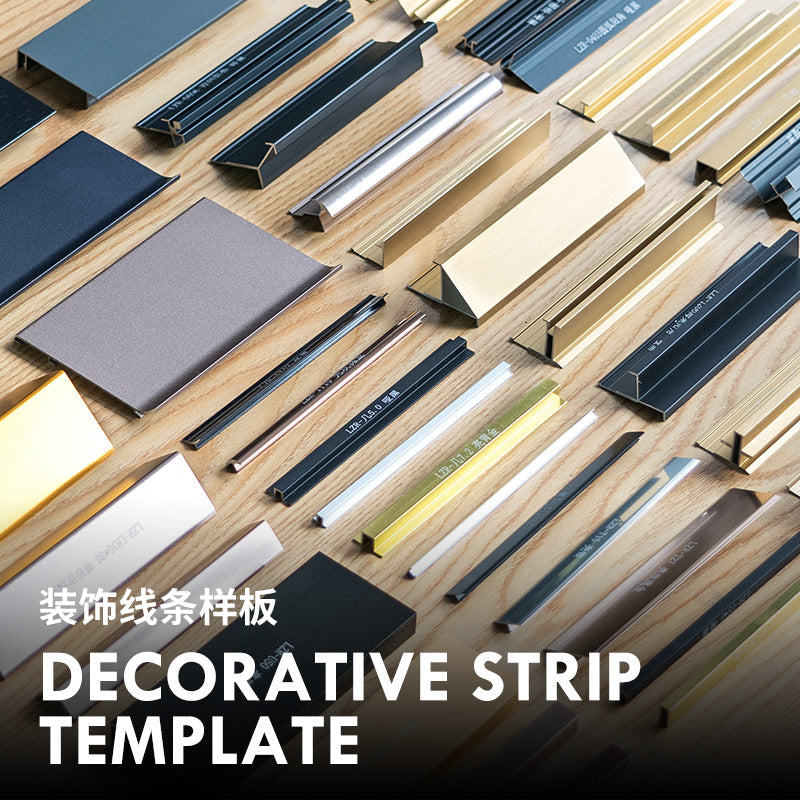Welcome to the world of metal decorative lines! As an enthusiast in home décor, I have always been fascinated by how certain elements can transform a space. Metal decorative lines, with their sleek and modern appearance, offer not just aesthetic appeal but also near-endless possibilities in design and application. In this comprehensive guide, we will explore everything you need to know about metal decorative lines, including their applications, types, pros and cons, and even tips on how to incorporate them into your space.
What Are Metal Decorative Lines?
Metal decorative lines are thin strips or panels made from various metals, designed to enhance the visual appeal of interior and exterior spaces. They can be used in a variety of applications, from wall art to architectural details, creating borders or accents that draw the eye and add sophistication.
Types of Metal Decorative Lines
1. Stainless Steel Lines
Stainless steel lines are known for their durability and modern aesthetic. They resist rust and corrosion, making them ideal for both indoor and outdoor use.
2. Brass Lines
Brass lines offer a warm, vintage look. Over time, brass develops a natural patina, which can add character and charm to your decor.
3. Aluminum Lines
Aluminum lines are lightweight and versatile, making them great for intricate designs. They can be easily shaped and are available in various finishes.
4. Copper Lines
Copper lines are striking and unique, providing a warm, reddish hue that stands out. They too develop a patina, adding depth to their appearance.

5. Powder-Coated Lines
These lines are covered with a protective powder coating, which can come in various colors, offering both protection and style. They’re perfect for those looking to add a pop of color.
How to Use Metal Decorative Lines in Your Decor
Integrating metal decorative lines into your space can be an exciting project. Here are some creative ways to incorporate them:

1. Wall Accents
Use metal lines as paneling or accents on walls. They can be placed vertically or horizontally to create unique designs.
2. Furniture Design
Incorporating metal lines into furniture can elevate pieces from ordinary to extraordinary. Consider using them as trims on tables or cabinets.

3. Art Installations
Metal lines can act as the foundation for modern art installations, creating striking pieces that can serve as conversation starters.
4. Architectural Elements
Use metal lines in architectural features, such as stair railings and room dividers, to enhance the overall design of the space.

5. Lighting Fixtures
They can also be integrated into lighting designs, where lines of metal can create stunning light fixtures that double as art.
Benefits of Using Metal Decorative Lines
| Benefit | Description |
|---|---|
| Durability | Metal lines are resistant to wear and tear, making them a long-lasting option for decor. |
| Versatility | They can be used in various applications and styles, from modern to rustic. |
| Easy Maintenance | Most metal lines require only minimal maintenance to keep them looking good. |
| Unique Aesthetic | Available in various finishes and materials, metal lines can provide a unique and stylish look. |

Pros and Cons of Metal Decorative Lines
Pros
- Long-lasting and durable
- Available in multiple styles and finishes
- Easy integration into existing designs
- Minimal maintenance required
Cons
- Can be more expensive than other decorative options
- Some metals can dent or scratch easily (e.g., aluminum)
- Installation may require professional help for complex designs

Choosing the Right Metal Decorative Lines
When choosing the right metal decorative lines for your project, consider the following factors:
1. Style and Design
Match the metal line’s finish with the overall style of your space. For a modern look, opt for stainless steel; for vintage charm, consider brass or copper.
2. Functionality
Think about how the lines will be used. If they are in high-traffic areas, durability should be prioritized.
3. Maintenance Requirements
Choose metals that fit your maintenance preferences. Stainless steel requires less upkeep compared to copper, which may need regular polishing.
4. Budget
Set a budget before starting your project, as prices can vary significantly based on material and design complexity.
Installation Tips for Metal Decorative Lines
Installing metal decorative lines can be straightforward with the right tools and knowledge. Here are some tips to guide you:
1. Measure Carefully
Before purchasing, measure your space accurately to ensure a perfect fit.
2. Choose the Right Adhesive
Select a strong adhesive suitable for the type of metal and the surface you’re working on.
3. Use the Right Tools
Depending on the installation method, you may need a saw, drill, or even a level to ensure proper alignment.
4. Consider Professional Help
For complex designs or high installations, it might be best to hire a professional to avoid mistakes.
Metal Decorative Lines in Popular Spaces
1. Residential Spaces
In homes, metal decorative lines can be used in living rooms, kitchens, and even bathrooms, adding a contemporary touch.
2. Commercial Spaces
Businesses often use metal lines in office decor or retail environments to create a sleek, professional appearance.
3. Outdoor Areas
Outdoor patios, gardens, and balconies can also benefit from the use of metal decorative lines, providing a cohesive aesthetic with landscaping.
Frequently Asked Questions (FAQs)
1. What materials are commonly used for metal decorative lines?
The most common materials include stainless steel, brass, aluminum, copper, and powder-coated metals.
2. Are metal decorative lines suitable for outdoor use?
Yes, many metal lines, especially stainless steel and powder-coated options, are designed to withstand outdoor elements.
3. How do I maintain my metal decorative lines?
Maintenance varies by material; generally, wiping them with a damp cloth is sufficient. Specialty cleaners may be needed for certain finishes.
4. Can I install metal decorative lines myself?
Yes, many installations can be done DIY, but for complex designs, seeking professional help is advisable.
5. What styles work best with metal decorative lines?
Metal decorative lines pair well with modern, industrial, rustic, and even eclectic styles, depending on the finish and design.